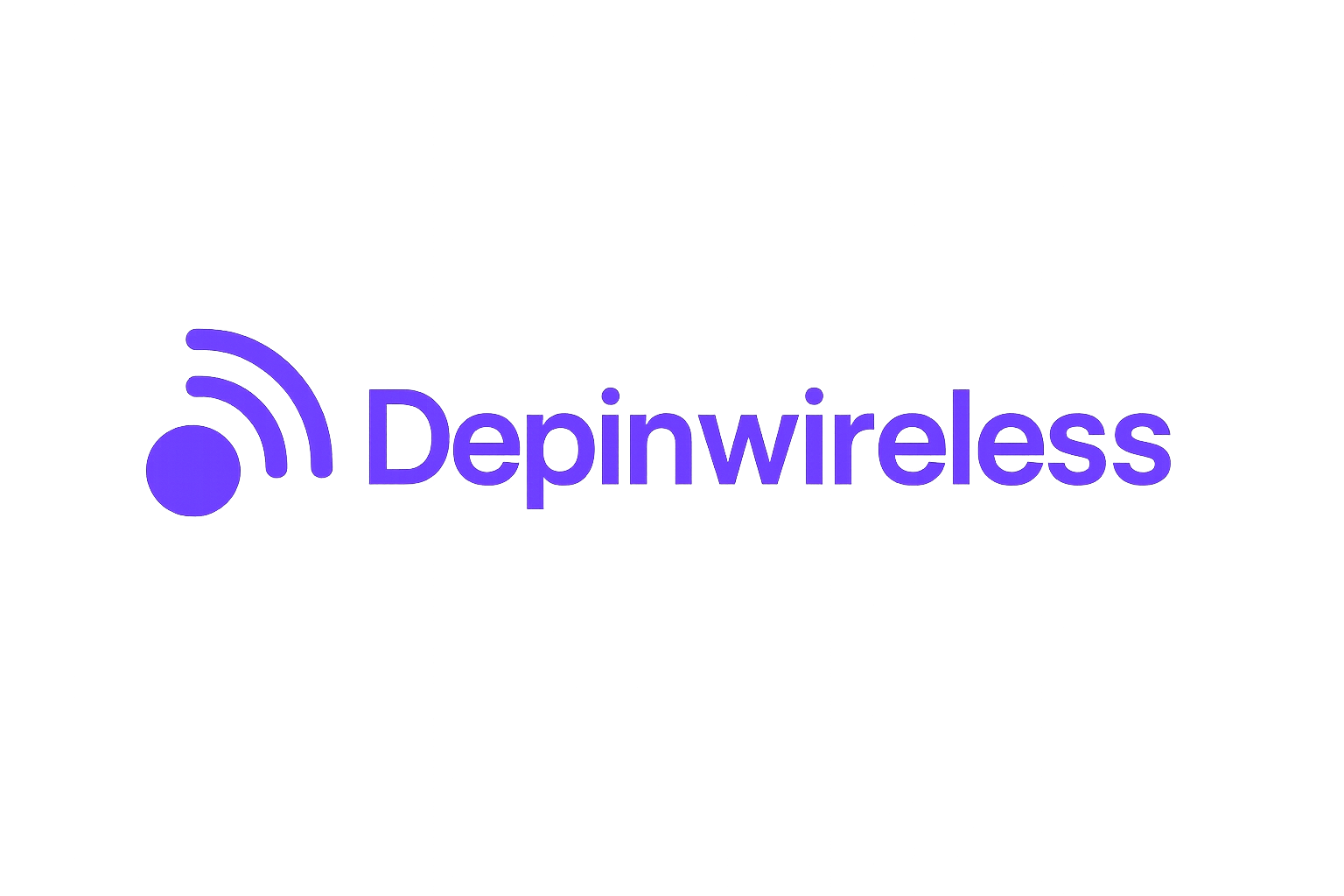
Imagine a world where anyone can help build and own the wireless networks that keep our devices connected. That’s not science fiction, it’s the reality emerging from the intersection of blockchain and decentralized wireless (DePIN) technology. Projects like Helium are flipping the script on telecom by using blockchain to secure everything from WiFi hotspots to 5G coverage, all while rewarding participants directly on-chain.

Why Blockchain Is a Game Changer for Wireless Networks
Traditional telecom infrastructure is tightly controlled by a handful of corporations, with little transparency for users or contributors. Blockchain disrupts this model by introducing decentralized trust: every transaction, every reward, and every change in network ownership is recorded on an immutable public ledger. This shift isn’t just about technology, it’s about building systems where users have real power and visibility.
The Helium Network is a standout example. By leveraging blockchain, Helium transforms how we think about network ownership and participation. Instead of relying on centralized authorities to validate activity or distribute rewards, everything happens transparently via smart contracts and consensus protocols. Every time you contribute coverage with a Helium hotspot, your work is tracked, and rewarded, directly on-chain (source).
Transparency: The Foundation of Trust in DePIN Wireless
Transparency isn’t just a buzzword; it’s the backbone of decentralized wireless networks. With blockchain, all network activity, whether it’s providing coverage or earning rewards, is publicly visible and verifiable. This means anyone can audit the system at any time, slashing the risk of fraud or manipulation.
“It is only at this point that Rewards will be registered on-chain and associated with the owning Helium Wallet. “
– Helium Documentation
This level of openness builds trust among participants. Whether you’re running a hotspot in your hometown or staking HNT tokens for governance, you know exactly how rewards are calculated and distributed (source). The result? A community-driven infrastructure where everyone has visibility, and skin in the game.
Ownership: From Centralized Control to User Empowerment
In legacy telecom systems, ownership is concentrated at the top; users are simply customers renting access to invisible infrastructure. Decentralized wireless flips this model by giving contributors true digital ownership over their piece of the network.
Key Benefits of User Ownership in Decentralized Wireless
-

Direct Control Over Network Assets: Users hold true ownership of their network contributions, such as Helium Hotspots, represented as NFTs on the blockchain. This ensures users can manage, transfer, or monetize their assets without reliance on a central authority.
-
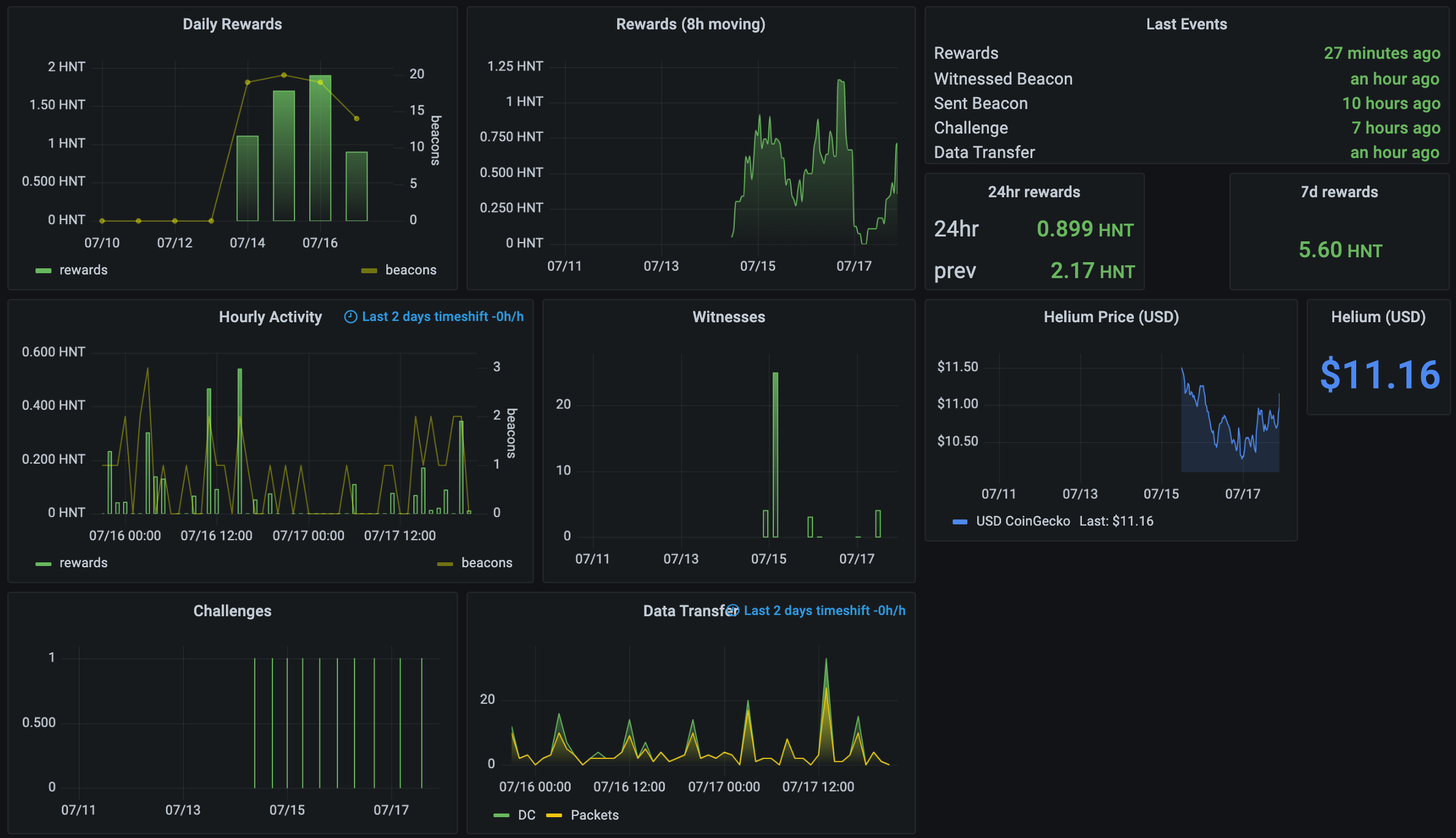
Transparent and Verifiable Rewards: All rewards, like Helium Network Tokens (HNT), are registered on-chain and directly associated with the user’s wallet. This transparency allows users to independently verify their earnings and network participation.
-
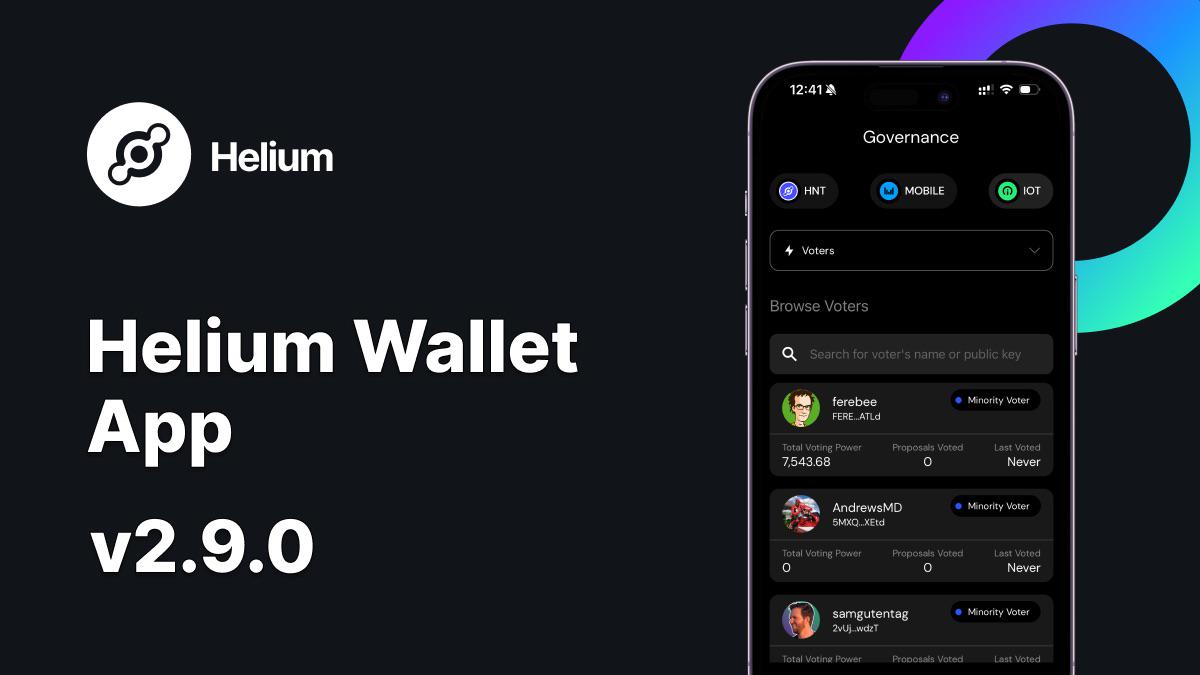
Decentralized Governance Participation: Ownership of network assets and tokens enables users to participate in decentralized governance, influencing decisions that shape the network’s future (e.g., voting on Helium Network proposals).
-
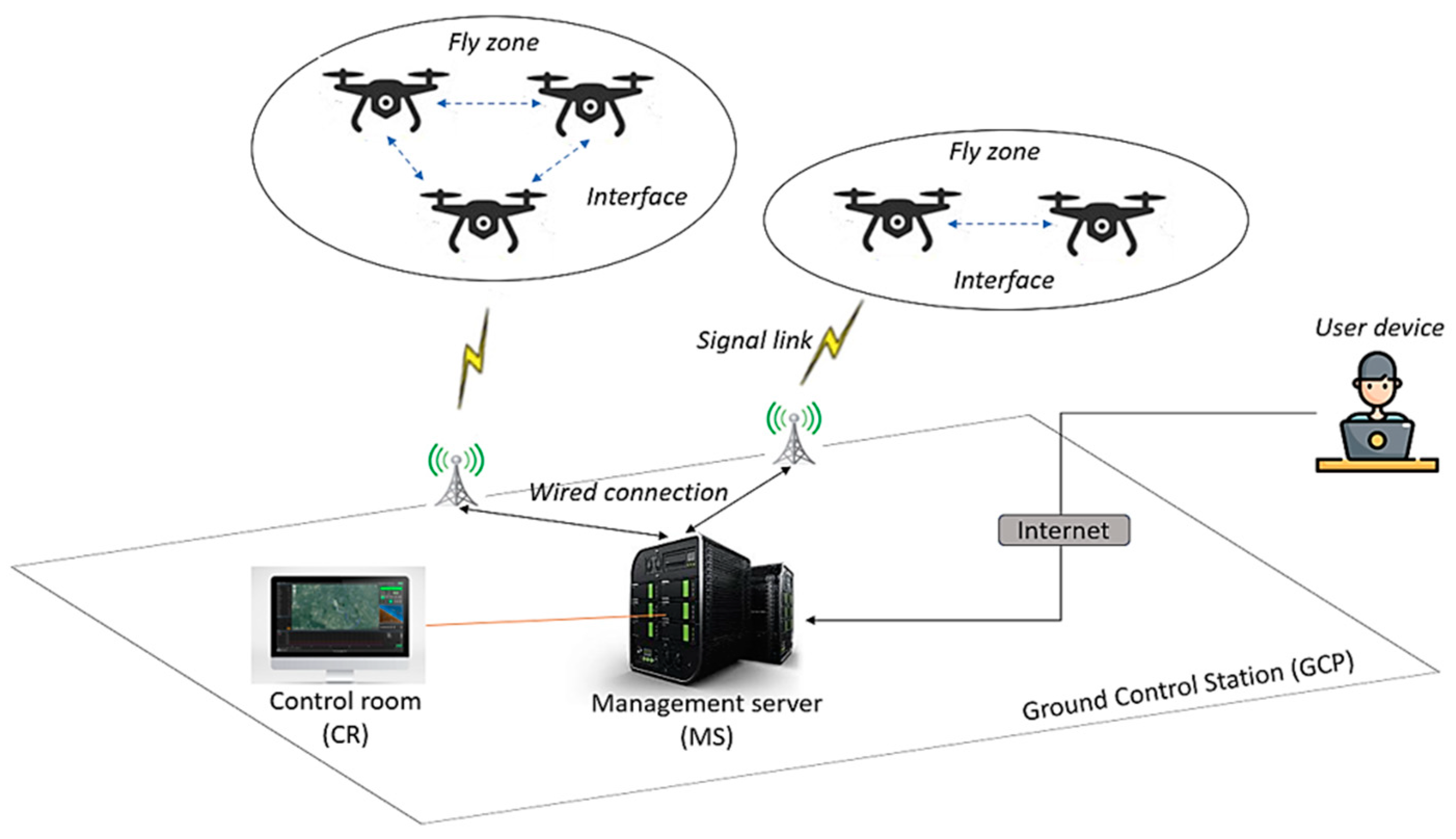
Enhanced Data Privacy and Security: Users retain control over their data, with blockchain ensuring that only authorized parties can access or modify information, reducing risks of misuse common in centralized wireless systems.
-
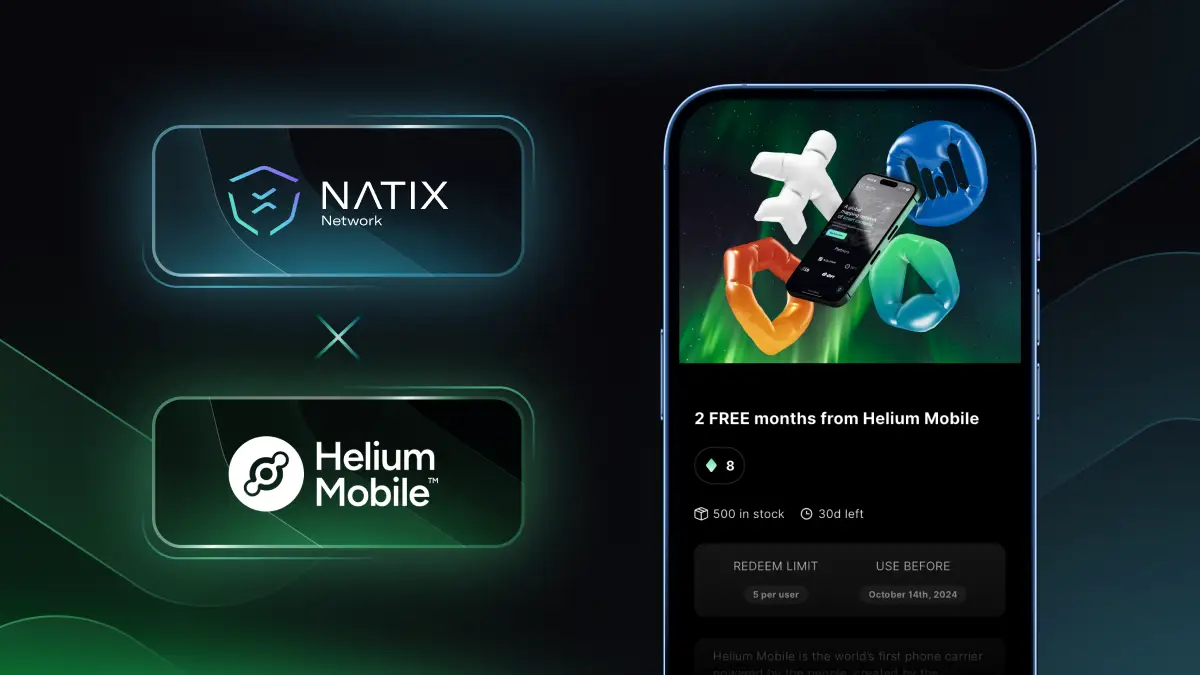
Aligned Incentives for Network Growth: On-chain ownership and rewards motivate users to expand and maintain the network, fostering a collaborative ecosystem where everyone benefits from collective participation.
On Helium, for example, each hotspot or radio node is represented as an NFT (Non-Fungible Token) on Solana, a cryptographic proof that you own part of the physical infrastructure (source). This isn’t just symbolic; it means you control your share of rewards and governance rights without relying on any central authority.
This distributed approach to ownership ensures fairness across the board. No single party can unilaterally change rules or siphon value from contributors, everything is enforced by code and consensus.
The Power of On-Chain Rewards: Incentivizing Participation
The magic ingredient that keeps decentralized wireless networks humming? On-chain rewards. Blockchain enables seamless distribution of tokens like HNT (Helium Network Token) every time someone provides valuable services, be it coverage, data transfer, or governance participation (source).
Unlike traditional telecoms where revenue is locked behind opaque contracts, blockchain-powered networks make rewards immediate and auditable. When you deploy a Helium hotspot, your contribution is algorithmically measured and rewarded via smart contracts, with every payout recorded on the public ledger. This isn’t just about earning tokens; it’s about fostering a vibrant ecosystem where incentives are perfectly aligned with network growth and reliability.
Take Helium’s model: the process of registering rewards on-chain ensures that every participant is paid fairly for their real-world impact. The Rewards Oracle system calculates earnings based on coverage, data transfer, and participation in governance. Only when these rewards are validated do they get associated with your Helium Wallet, eliminating disputes and ensuring transparency (source). This approach gives users confidence that their efforts are recognized and compensated without delay or bias.
Beyond Helium: How Blockchain Shapes the Future of Wireless Infrastructure
The Helium Network isn’t alone. Across the DePIN landscape, projects are leveraging blockchain to build open, scalable wireless infrastructure. Protocols like Anyone Protocol use token-based incentives to ensure a steady supply of relay operators, while keeping all transactions verifiable by anyone in the community. This collective ownership model stands in stark contrast to legacy telecoms, where decisions are made behind closed doors.
As decentralized wireless matures, expect to see even more creative uses of blockchain: from dynamic pricing for bandwidth to automated service-level agreements enforced by smart contracts. With each innovation, the balance of power shifts further toward users and contributors, making wireless access cheaper, fairer, and more resilient.
How Blockchain Surpasses Traditional Telecom in Transparency & Empowerment
-
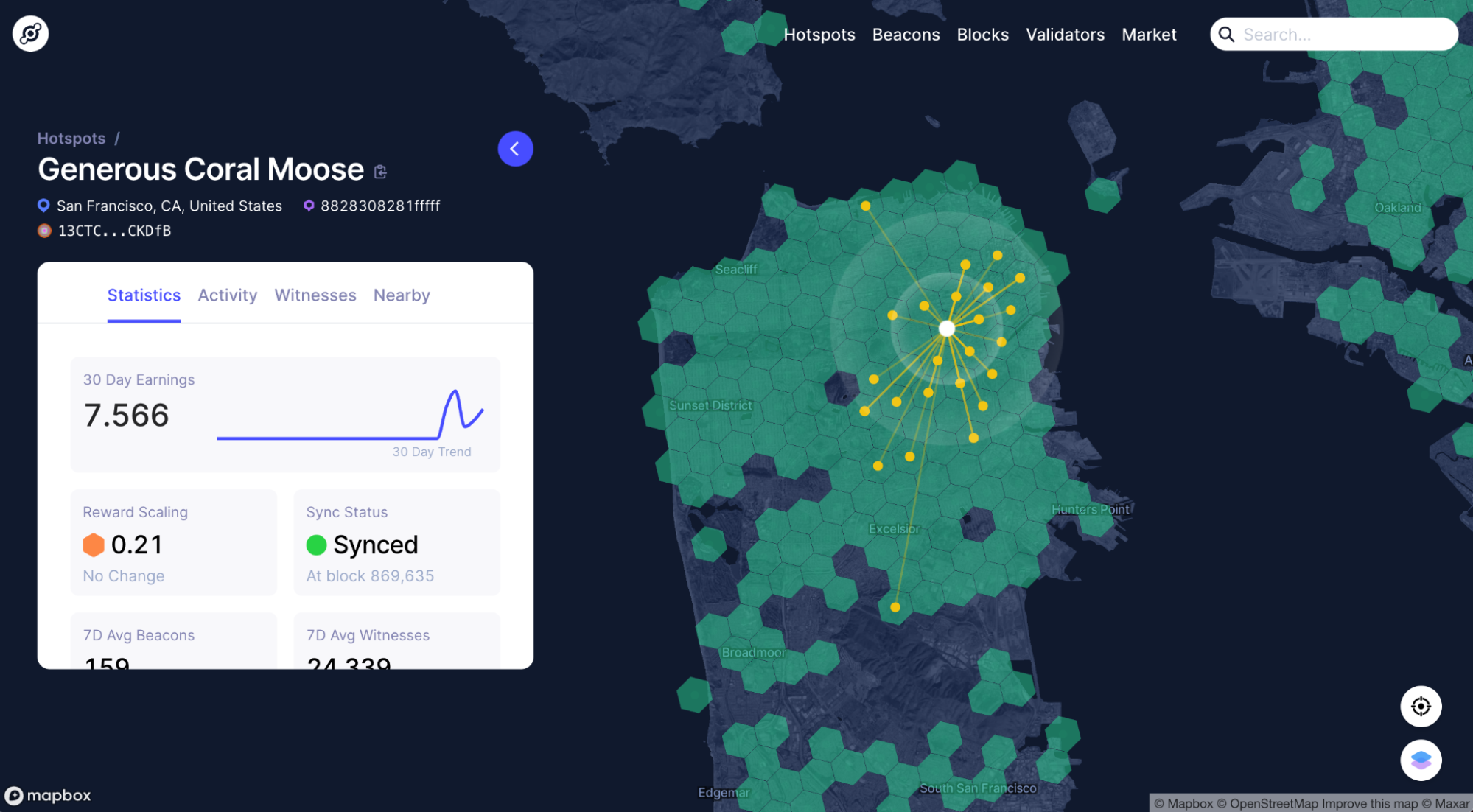
Immutable Public Ledgers: Blockchain networks like Helium record all transactions and network activities on a decentralized, tamper-proof ledger. This ensures every action—such as hotspot deployment or token rewards—is verifiable and transparent to anyone, unlike the opaque record-keeping of traditional telecoms.
-

User-Owned Network Assets: On platforms such as Helium, contributors own their network nodes and assets as on-chain NFTs, representing real-world infrastructure. This direct ownership contrasts with traditional telecom, where infrastructure and data are controlled by centralized entities.
-
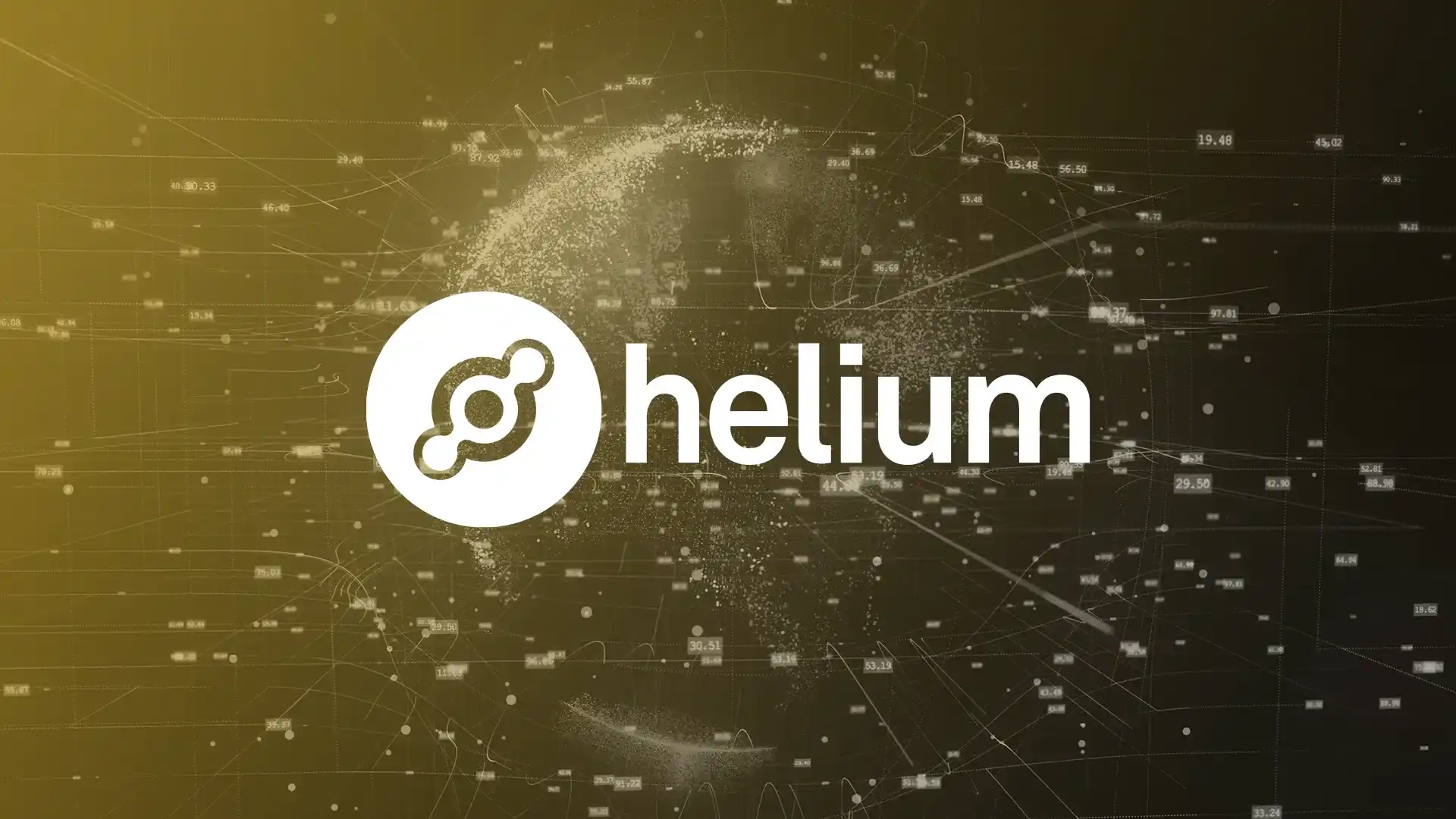
On-Chain, Automated Rewards: Blockchain enables automatic, transparent distribution of rewards to participants. For example, Helium uses smart contracts to allocate HNT tokens directly to users’ wallets based on their network contributions—eliminating the need for intermediaries or opaque reward systems.
-

Decentralized Governance: Many decentralized wireless networks offer on-chain voting and governance, empowering users to propose and decide on network upgrades or economic changes. This participatory model is a stark departure from top-down decision-making in legacy telecoms.
-
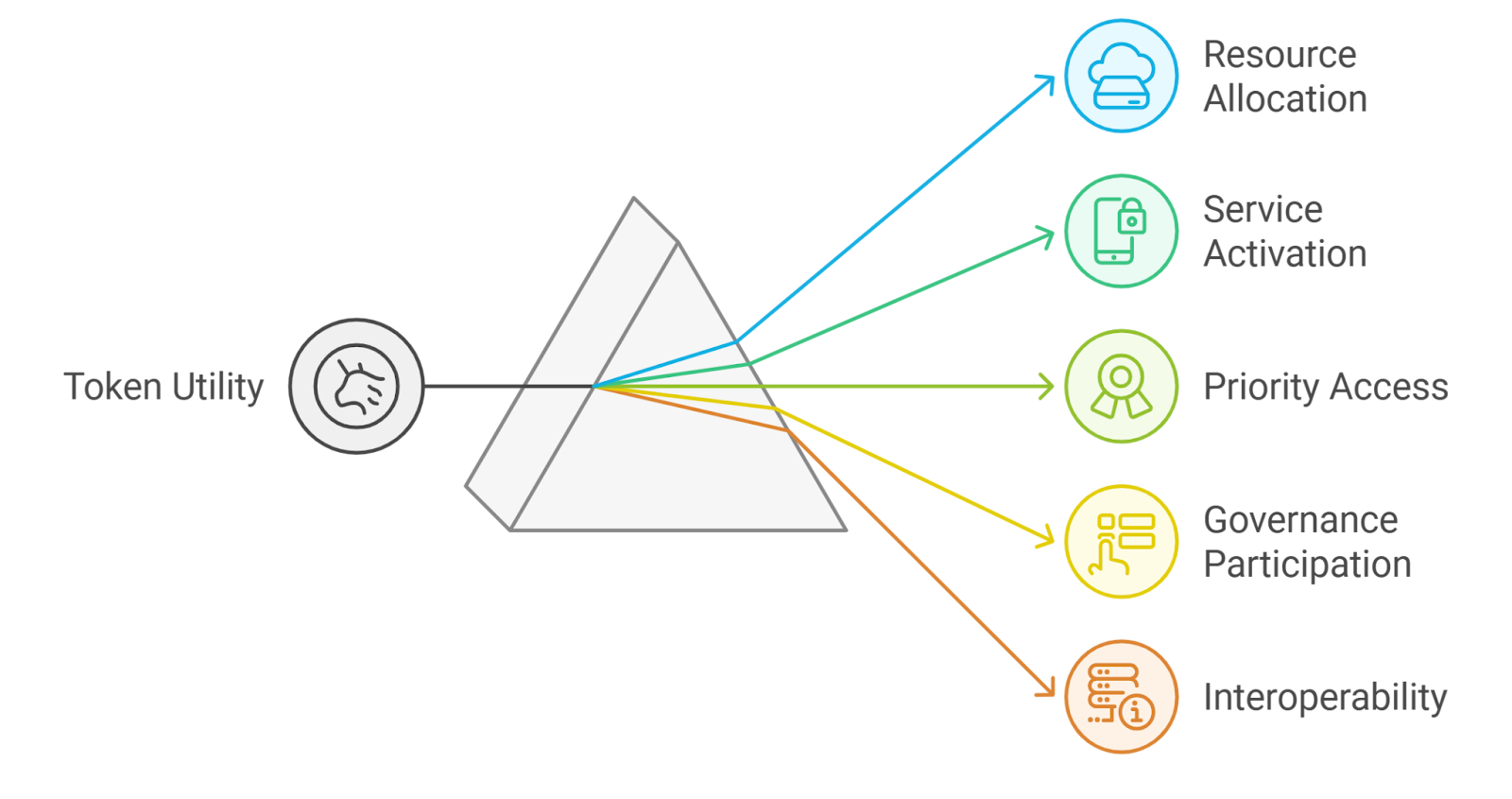
Transparent Economic Incentives: All token emissions, staking rewards, and economic flows are publicly auditable on blockchain networks. This level of transparency helps users understand exactly how incentives are structured and distributed, fostering trust and accountability.
For investors and builders alike, understanding how on-chain rewards work is critical for evaluating DePIN projects. The transparent nature of blockchain means you can track everything from token emissions (like HNT’s allocation between stakers and contributors) to network growth metrics in real time (source). This level of insight simply doesn’t exist in conventional telecom markets.
What’s Next? The Evolving Role of Blockchain in Wireless Networks
We’re still early in the journey toward fully decentralized wireless infrastructure, but the momentum is undeniable. As more people deploy hotspots or participate as validators, these networks grow stronger and more valuable for everyone involved. Regulatory clarity will be important as adoption scales up, but the fundamental advantages, transparency, ownership, direct rewards, are already reshaping how we connect.
If you’re considering participating or investing in DePIN wireless projects like Helium, take a close look at how their blockchains handle transparency and reward distribution. These mechanics aren’t just technical details, they’re what make decentralized networks trustworthy alternatives to legacy telecom giants.
